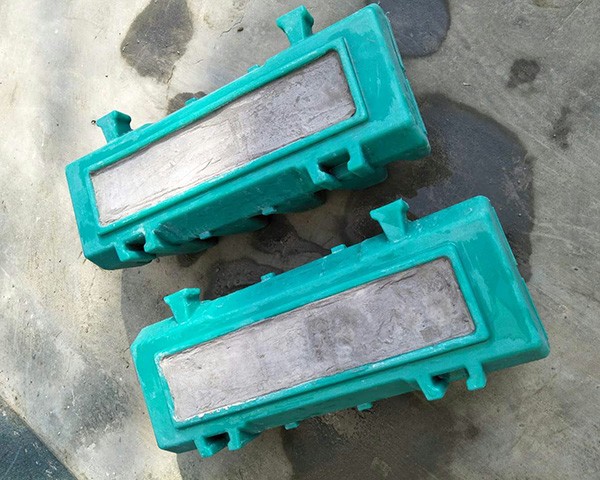
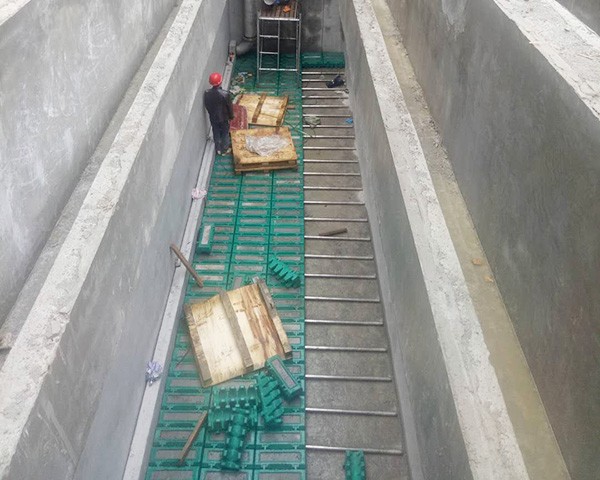
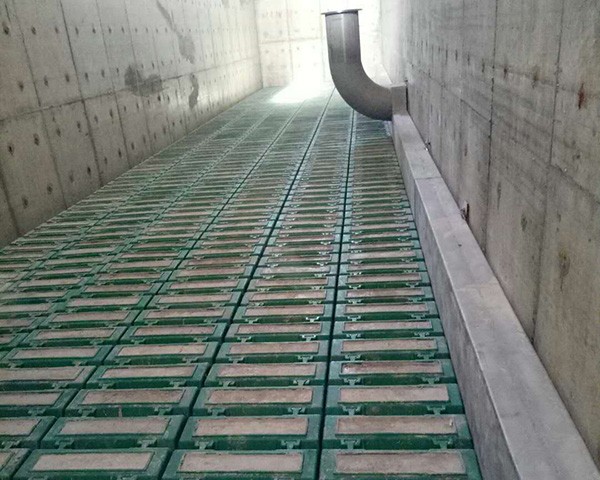
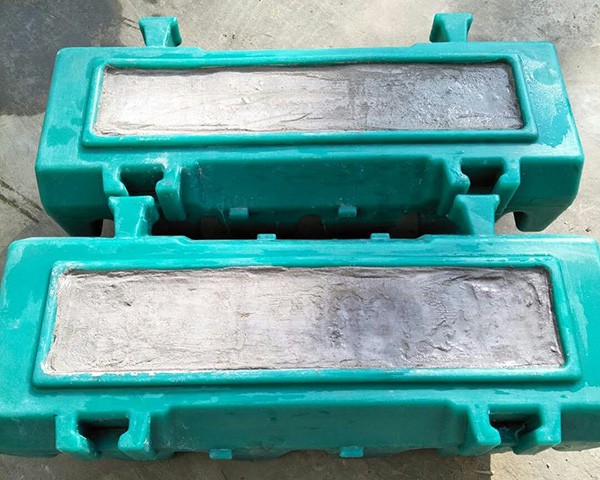








The denitrification deep-bed filter is mainly used for upgrading the standard of sewage treatment plant, from Grade B to Grade A standard.
The denitrification deep-bed filter is a treatment unit that combines biological denitrification and filtration functions into one, and is a unique advanced treatment process with simultaneous denitrification and filtration.
The denitrification deep-bed filter adopts quartz sand of special specifications and shapes as the medium for denitrifying organisms. At the same time, the deep bed is also an excellent removal structure for nitrate nitrogen (NO3-N) and SS. During filtration, nitrate nitrogen The action of the microbial membrane is converted to nitrogen gas discharge, and the continuous trapping of suspended matter will increase the head loss, so backwashing is required to remove the trapped solid matter. Finally, a structure has the functions of nitrogen removal, phosphorus removal and suspended matter removal.
Filter tank gas distribution system: It is composed of stainless steel aerated square pipes and branch pipes, and high-strength HDPE filter bricks (gas-water distribution blocks) that prevent clogging;
Filter media and support layer: The filter material is homogeneous quartz sand, and the support layer is composed of gravel grades of different specifications;
Filter backwashing: adopt gas-water combined washing method;
Carbon source dosing: including carbon source storage tank and fully automatic dosing system, bypass link, can be used flexibly;
Automatic control: PLC programmable controller, man-machine interface display screen, can be connected with the plant's central control system;
Instruments: filter inlet water flow meter, nitrate online analyzer, liquid level switch, etc.;
Nitrogen flooding: Proprietary nitrogen flooding technology to effectively solve the "air resistance" phenomenon.
Versatility: One tank is multi-purpose. When adding carbon source, it can simultaneously remove TN, SS and TP. When the external carbon source is canceled, it can be used as a deep-bed filter and SS and TP can be removed at the same time. The effluent SS can be at least 3mg/l and below, TP can be at least 0.33mg/l and below, and TN can be at least 3mg/l;
Flexibility: When the TN reaches the standard, it can be flexibly converted into a deep-bed filter, without the need to start the carbon source feeding system, and the SS is directly filtered to save costs;
Low investment cost: due to the multi-purpose characteristics of a pool, the total investment is saved
Low operating cost: the use of submerged inlet weir and unique nitrogen drive technology ensure that the filter tank reduces energy consumption and the smallest carbon source is added;
Reliability: TN check technology, because the effluent quality of domestic sewage treatment plants fluctuates greatly, the filter can play a role in checking TN compliance, and the effluent quality is stable and reliable, and there is no biofilm residue.
Life-long maintenance-free: Denitrification deep-bed filter adopts gas-water distribution filter bricks, without wearing parts, and the gas-water distribution block has the characteristics of non-clogging, aging and corrosion.
4.1.Normal water intake
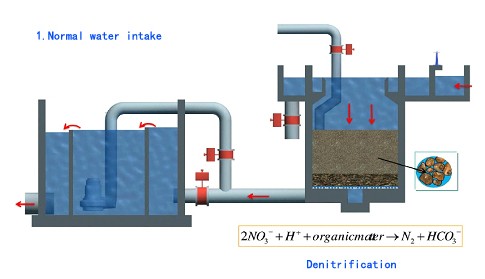
4.2.Air backwash
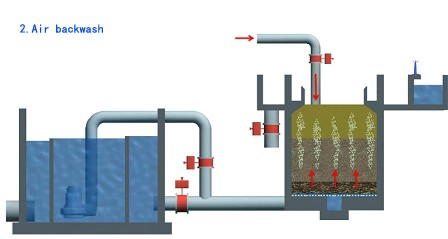
4.3.Air and water backwash
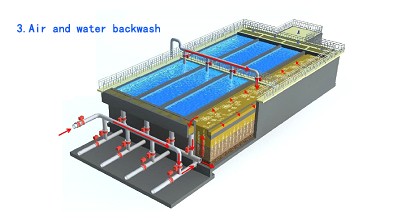
4.4.Wash separately
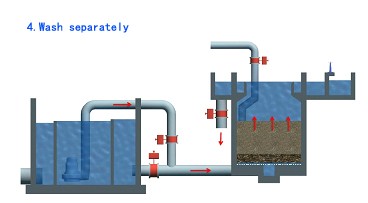
4.5.Dispel nitrogen
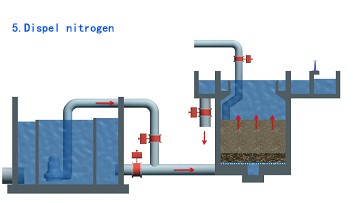
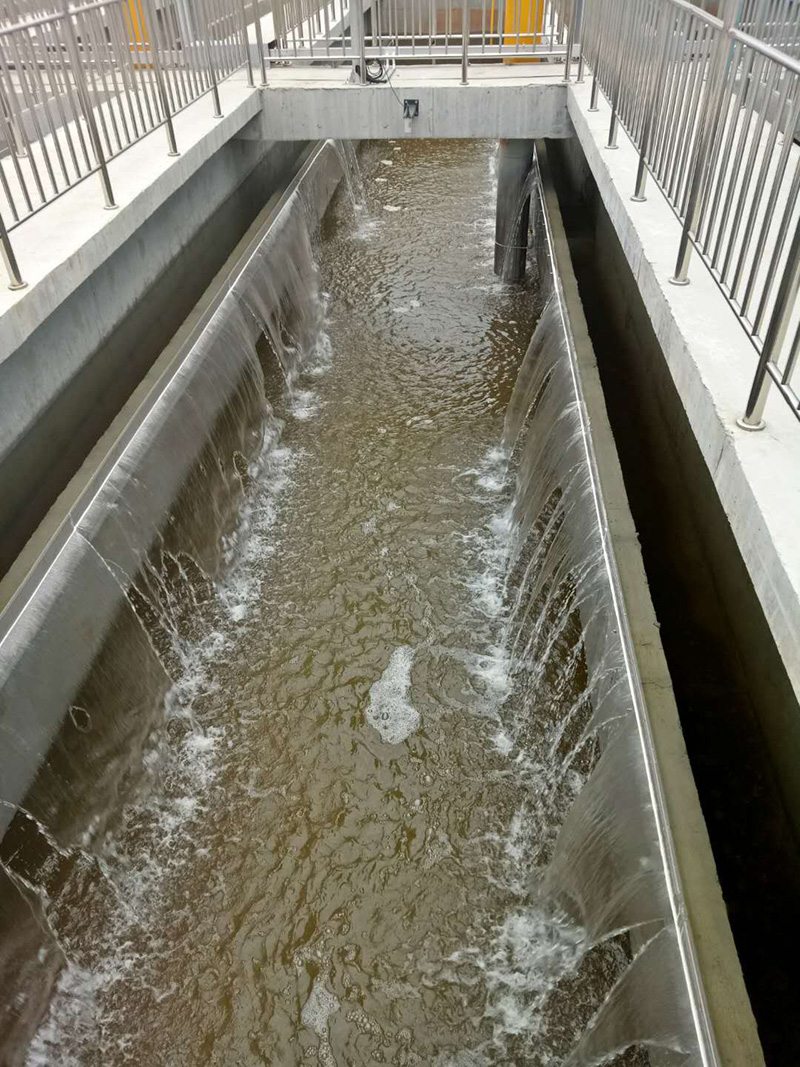
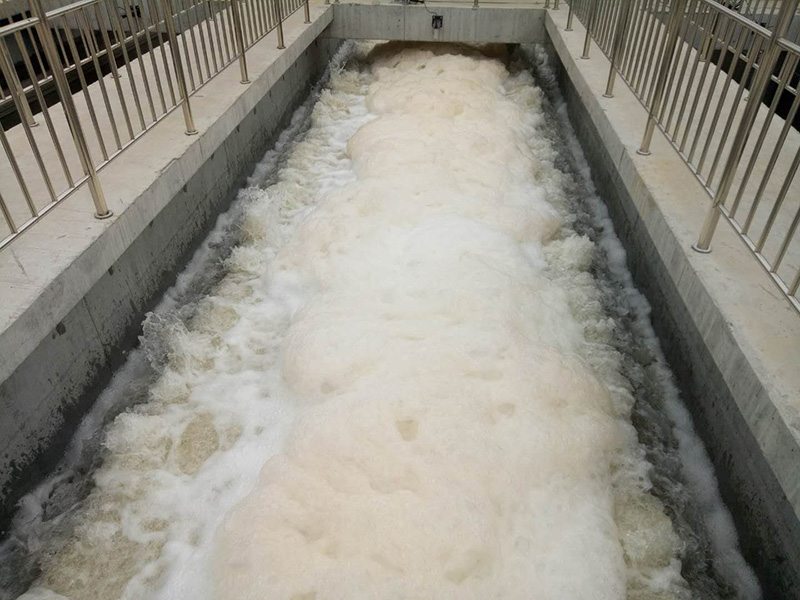
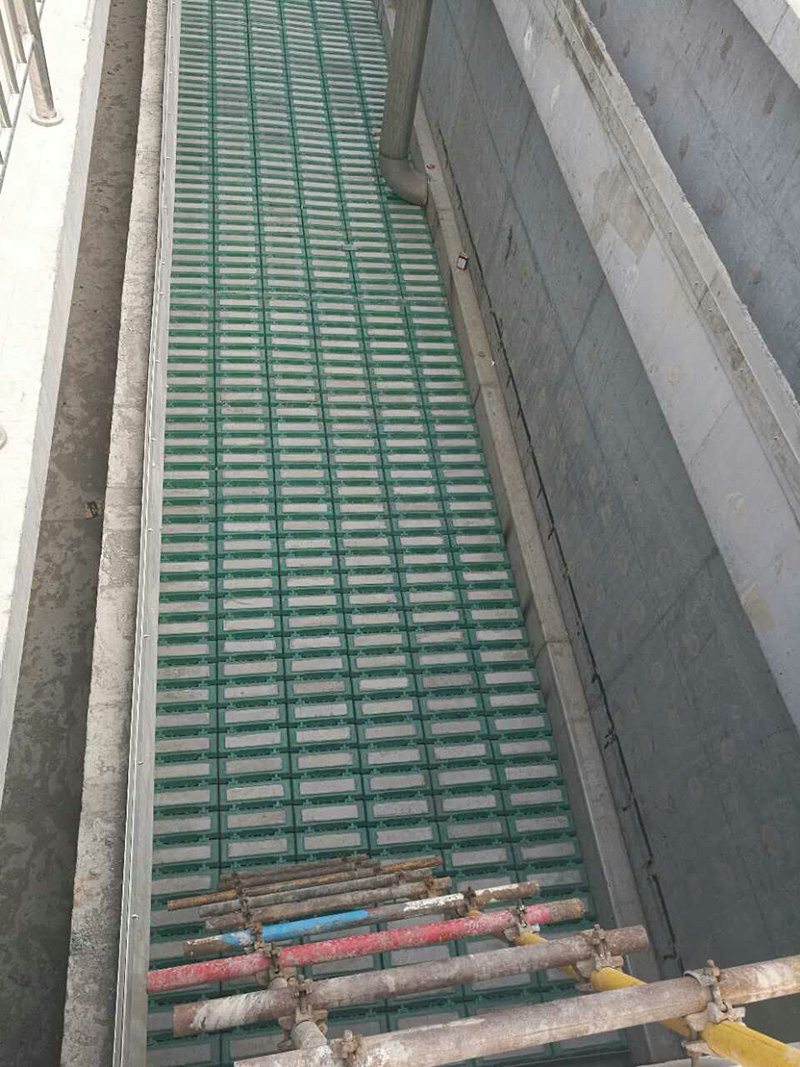
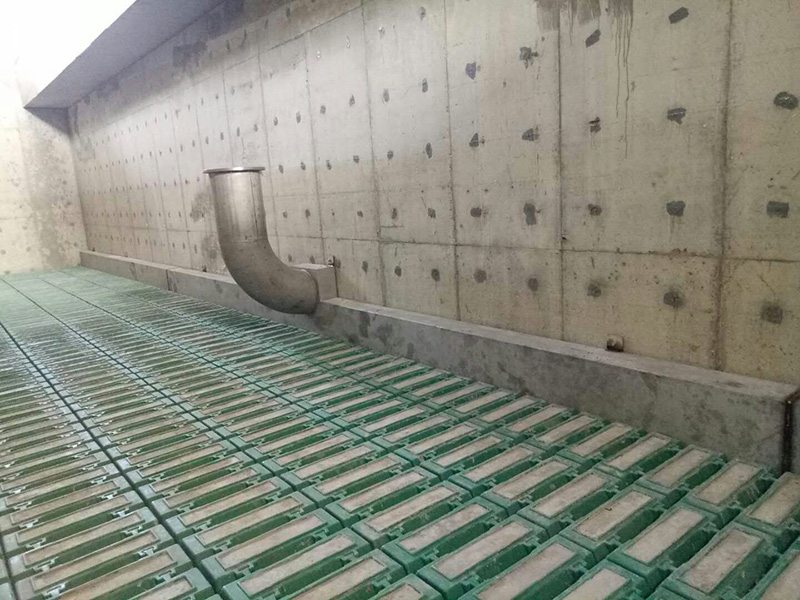
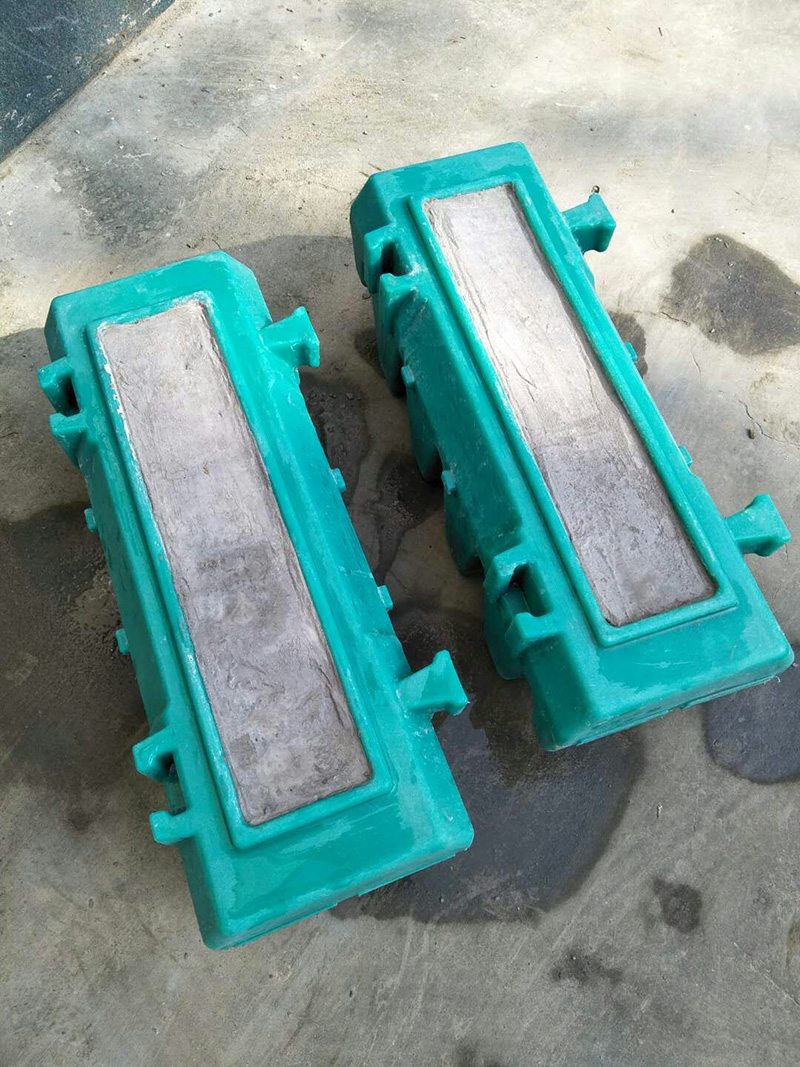
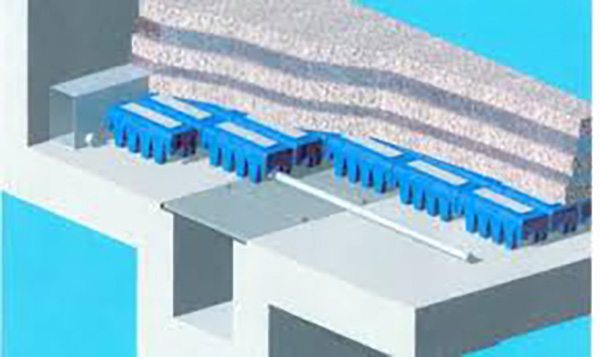
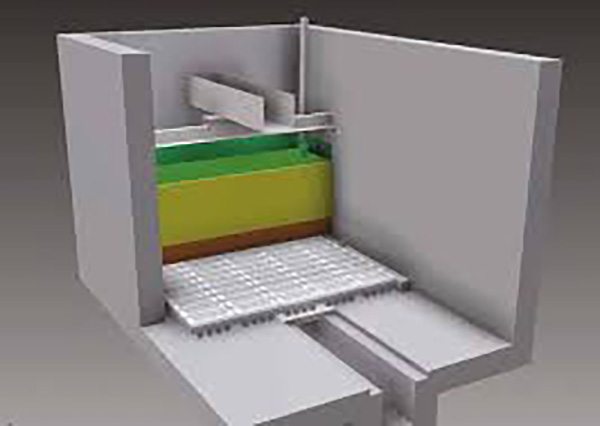
 Top
Top